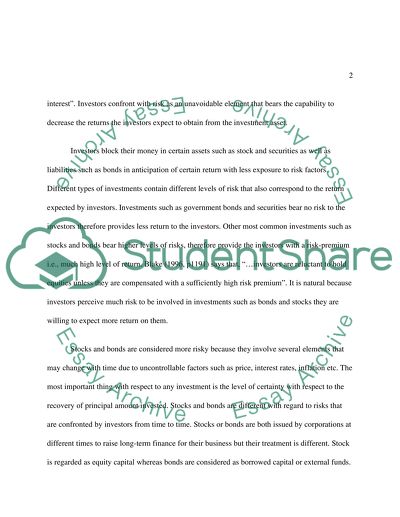Cite this document
(“Risk Involved In Investment And Portfolio Management Essay”, n.d.)
Retrieved from https://studentshare.org/macro-microeconomics/1522237-risk-involved-in-investment-and-portfolio-management
Retrieved from https://studentshare.org/macro-microeconomics/1522237-risk-involved-in-investment-and-portfolio-management
(Risk Involved In Investment And Portfolio Management Essay)
https://studentshare.org/macro-microeconomics/1522237-risk-involved-in-investment-and-portfolio-management.
https://studentshare.org/macro-microeconomics/1522237-risk-involved-in-investment-and-portfolio-management.
“Risk Involved In Investment And Portfolio Management Essay”, n.d. https://studentshare.org/macro-microeconomics/1522237-risk-involved-in-investment-and-portfolio-management.


